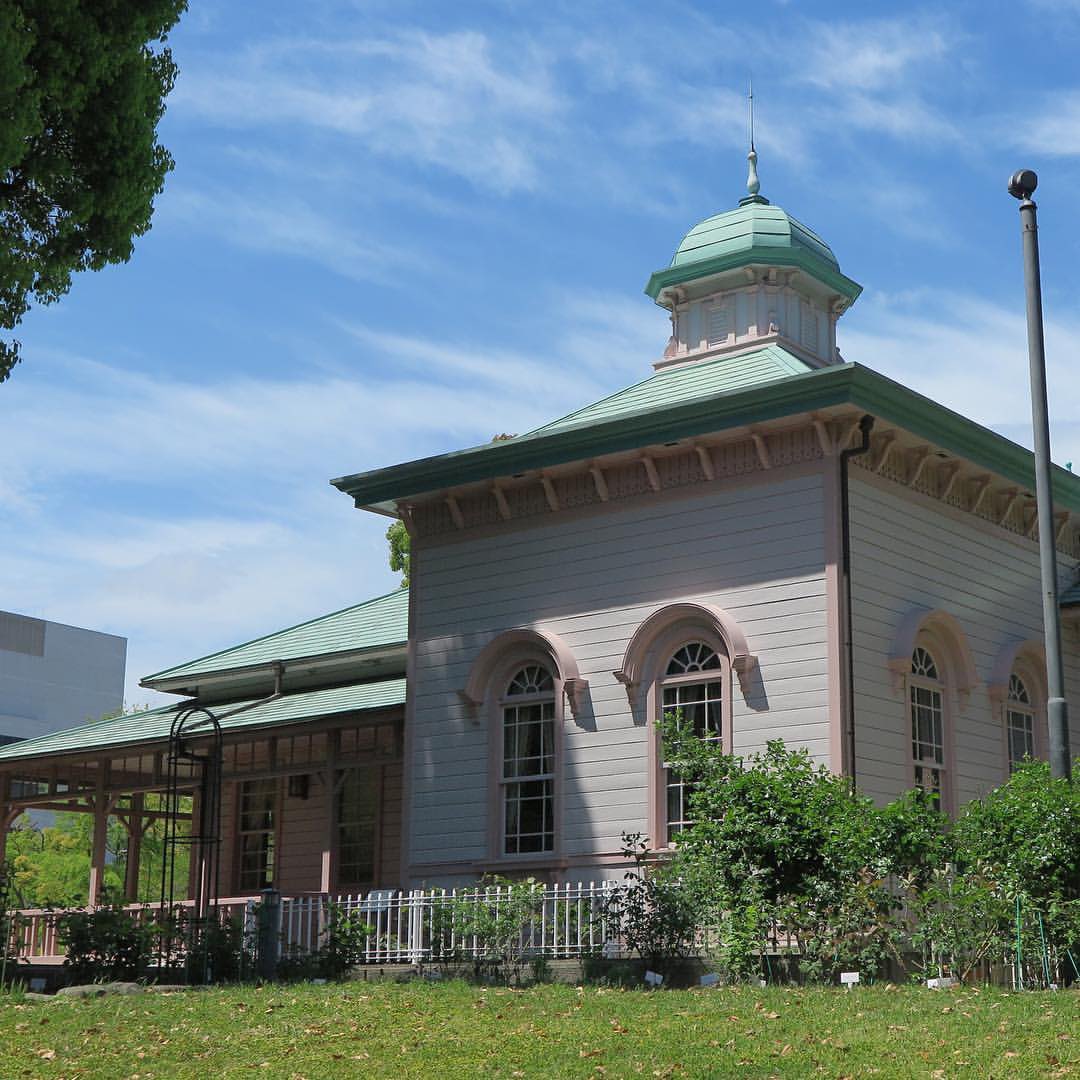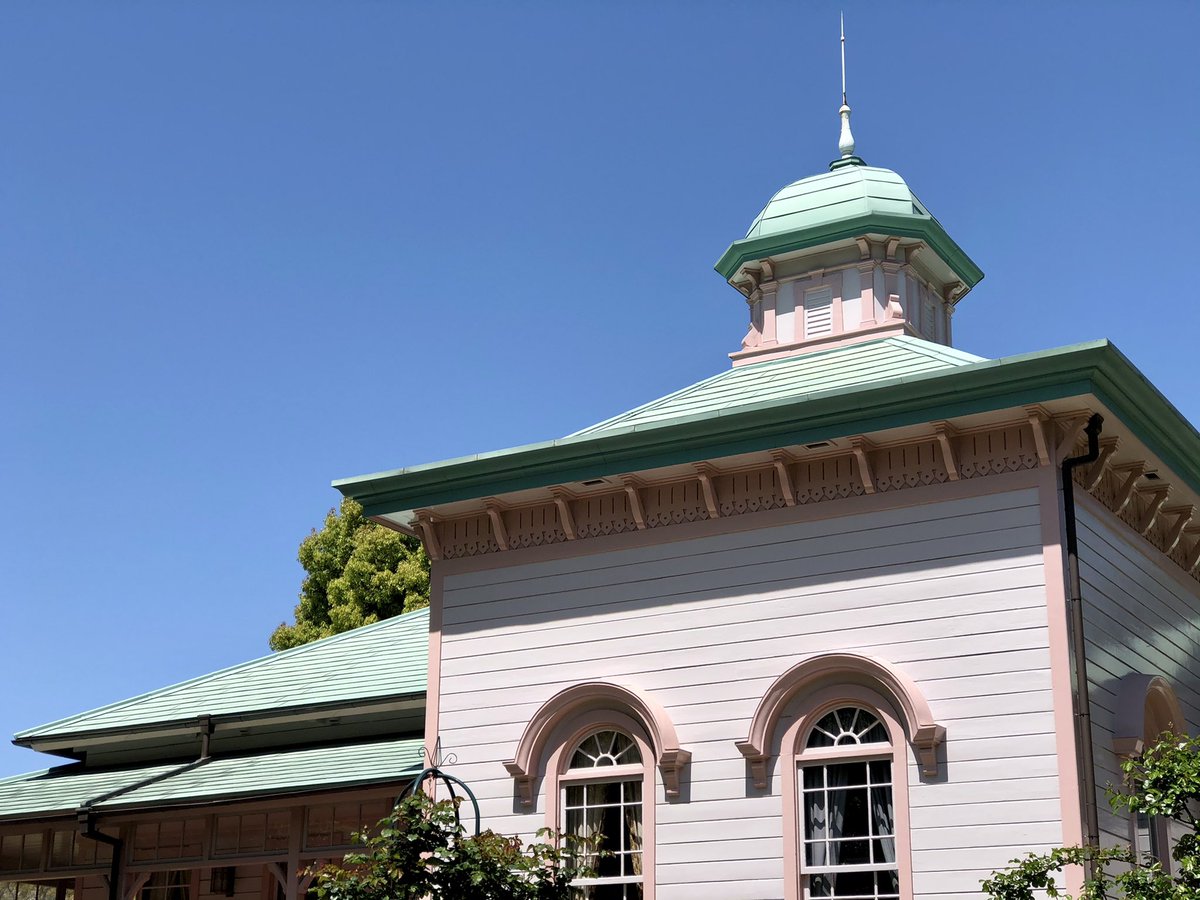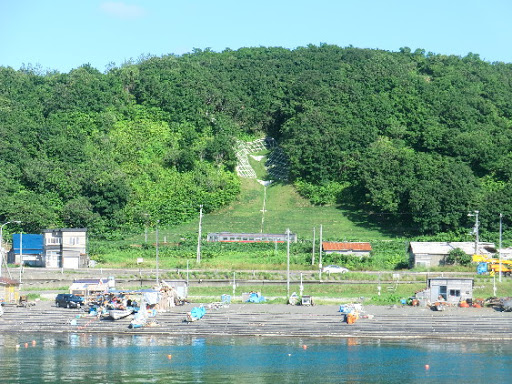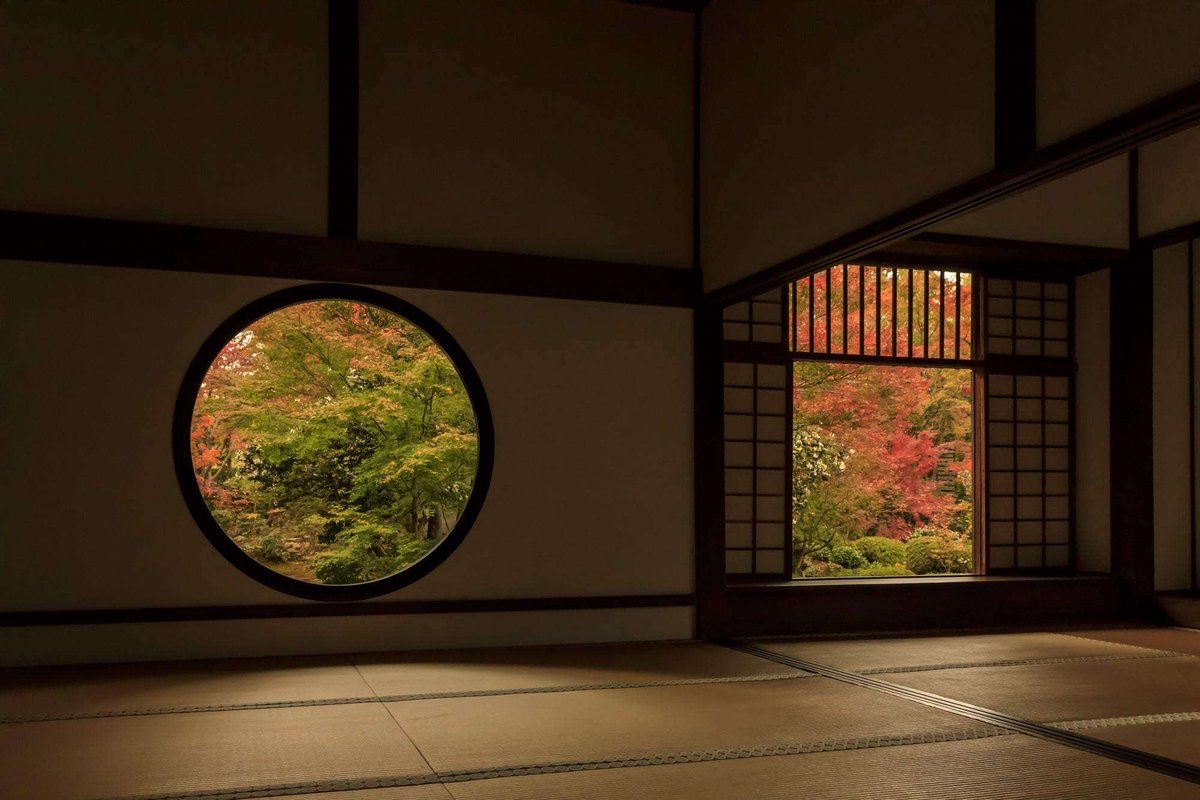
The 1912 old Yokohama Rubber Co. Hall is a gorgeous example of how to build to achieve comfort in sub-tropical climates without modern air conditioning: tall ceilings and windows and a large cupola ensures natural ventilation, the wrap around porch controls solar (over) heating. 

All buildings are compromises, and with bearable winters and unbearable summers you build to see you through the summers. Indoor humidity is effectively controlled by plaster and wooden surfaces throughout over a breathable timber frame. 



The company wanted to tear it down in 2003 but a public and official outcry stopped the destruction and it is now open to the public. Beauty literally saved it. Here are my own photos from today's visit. 



More photos. This would make a perfect catalogue house for places like Australia, NZ, Taiwan, etc. at 195m². 





• • •
Missing some Tweet in this thread? You can try to
force a refresh




























